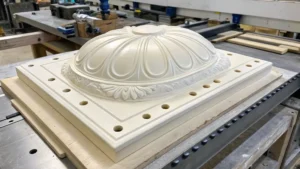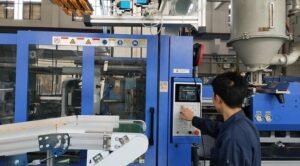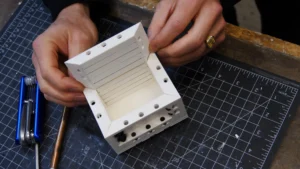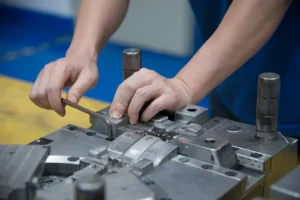Introduction
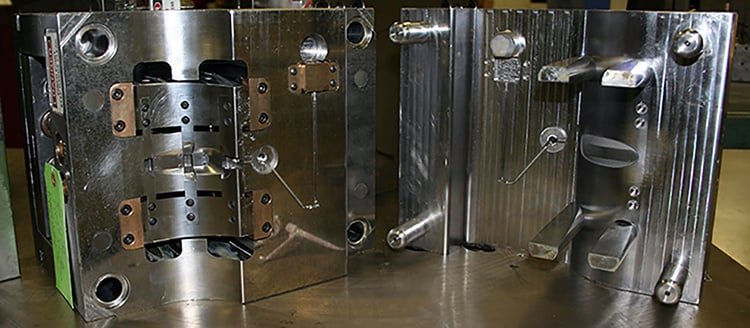
In the modern manufacturing landscape, molds are indispensable. Whether you’re producing automotive parts, electronics, medical devices, or household items, the importance of molds in production cannot be overstated. Molds are the backbone of many production processes, ensuring the creation of intricate, high-quality products with consistent precision. Understanding the vital role molds play in these processes is essential for manufacturers aiming to improve efficiency, reduce costs, and meet consumer demands for quality. This article will explore why molds are a critical element in production, from their historical significance to their modern applications in diverse industries.
The Role of Molds in Manufacturing
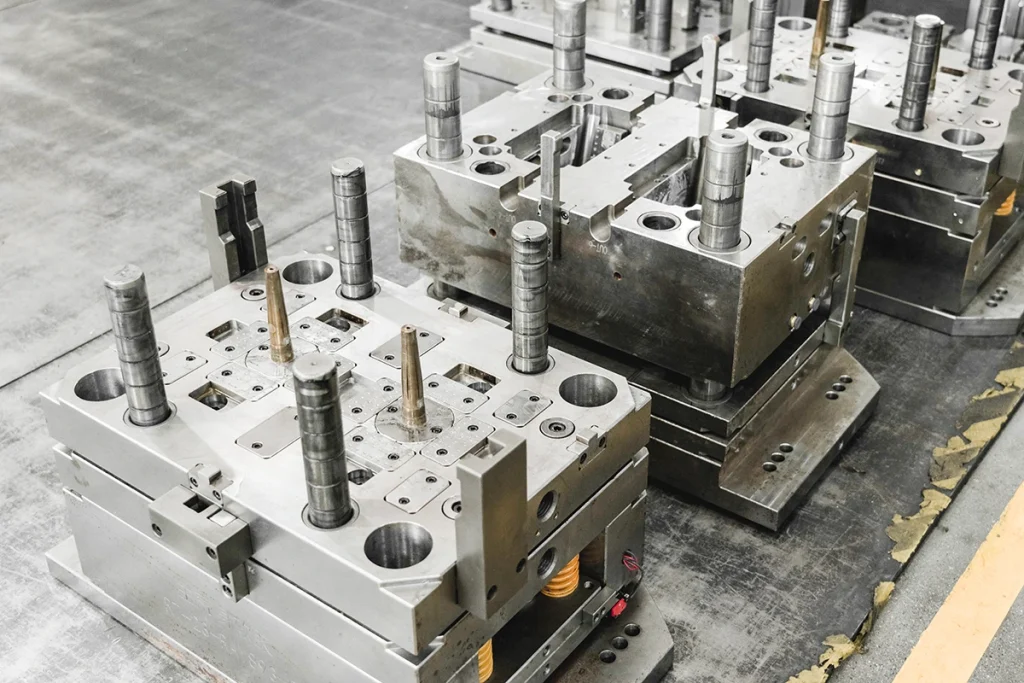
Molds serve as templates or forms that shape materials into specific shapes and sizes. This process is essential for the mass production of complex parts that require high precision. Molding processes such as injection molding, blow molding, and compression molding are widely used to produce everything from plastic components to metal castings. Without molds, mass production of complex items would be highly labor-intensive, inefficient, and costly. Molds allow manufacturers to achieve uniformity and scale, which are crucial in meeting market demands efficiently.
How Molds Improve Efficiency in Production
One of the most significant benefits of using molds in production is the efficiency they bring to the process. Molds allow for the fast and precise replication of designs across large quantities of products. Once a mold is created, the process of shaping the material inside the mold can be repeated countless times without significant variation, which saves time and resources. This consistency reduces human error and minimizes the need for rework, ensuring that the final product meets quality standards every time.
Molds and Precision in Modern Manufacturing
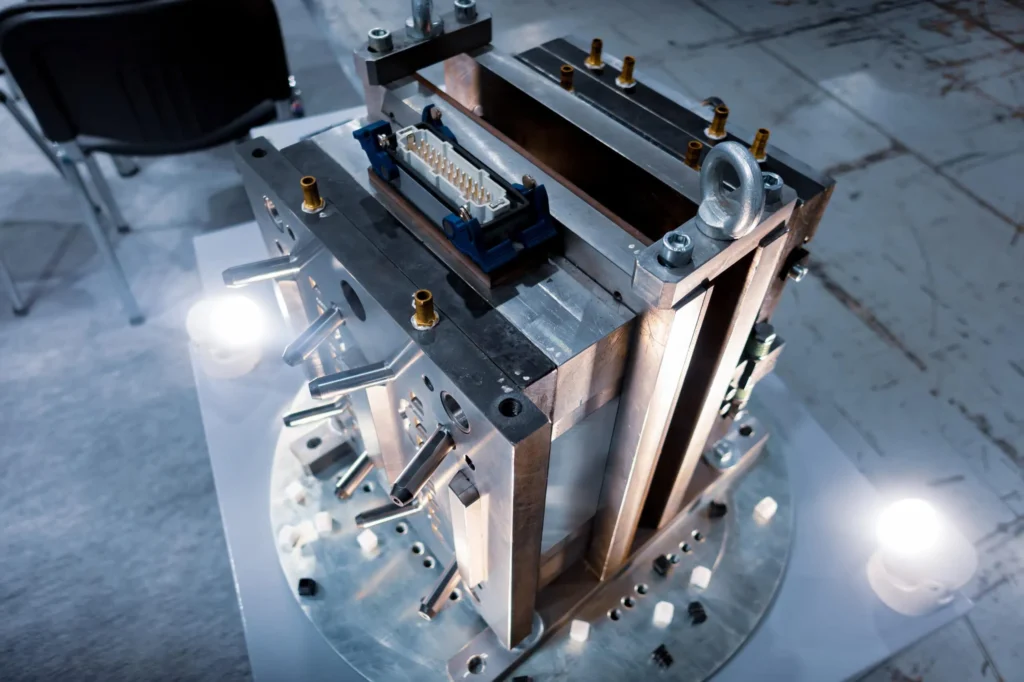
Precision is another key factor where molds play a crucial role. Many modern products, particularly in the automotive, electronics, and medical sectors, require extremely tight tolerances. Molds enable manufacturers to produce parts with intricate geometries and fine details, which are often impossible to achieve using other methods. For example, precision molds are used to create the tiny components in smartphones, complex automotive parts, and surgical instruments. Without high-quality molds, the production of these parts would be either impossible or excessively costly.
The Scalability Benefits of Molds
Scalability is another reason why molds are so important in production. Whether a company is producing a small batch or millions of units, molds provide a cost-effective and scalable solution. Once the mold is designed and tested, it can be used to produce an endless number of identical products, making large-scale production both affordable and efficient. This ability to scale quickly is particularly beneficial for industries with high-demand, fast-turnaround times, such as consumer electronics and automotive manufacturing.
The Versatility of Molds Across Industries
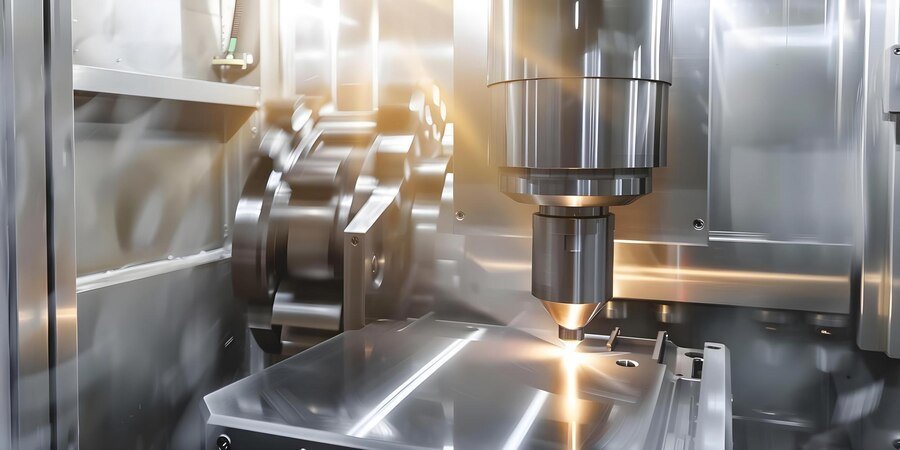
Molds are used in a variety of industries, each requiring different types of molds and production techniques. The versatility of molds extends across diverse sectors, from mass-producing plastic bottles in the beverage industry to creating precise, biocompatible components for medical devices. In industries like automotive manufacturing, molds are used to produce durable parts like dashboards and engine components. In electronics, molds allow for the creation of precision components that are essential for the functionality of devices like smartphones and tablets.
The Evolution of Molding Technology
The molding industry has seen remarkable technological advancements over the past few decades. Modern innovations, such as computer-aided design (CAD), computer numerical control (CNC) machines, and 3D printing, have revolutionized mold production. These technologies have not only improved the precision and complexity of molds but have also drastically reduced the time and cost associated with designing and creating molds. CNC machines automate the cutting and shaping of mold materials with high accuracy, while 3D printing enables rapid prototyping of molds, offering manufacturers the ability to test designs and make modifications quickly.
Impact of Molds on Product Design
The importance of molds also extends to product design. Molds influence how products are designed, including their shape, size, and functionality. Designers and engineers work closely with mold makers to create molds that optimize the performance of the final product. For example, the design of a mold for a car bumper or medical implant can affect the durability, appearance, and safety of the product. With modern molding techniques, manufacturers can also experiment with new materials, creating products that are lighter, stronger, and more sustainable.
Sustainability and Environmental Considerations in Mold Production
As industries strive for sustainability, molds also play a role in reducing waste and promoting efficiency. High-quality molds ensure that materials are used efficiently, reducing scrap and improving yield. In addition, some modern molds are designed to be reusable, further reducing environmental impact. For instance, molds used in injection molding can be reused thousands of times before they need to be replaced. Additionally, innovations in molding technology, such as the use of biodegradable plastics and the development of energy-efficient molding machines, are helping manufacturers reduce their carbon footprint.
Conclusion
The importance of molds in production is undeniable. From ensuring the efficiency of manufacturing processes to enabling high-precision production and scaling operations, molds are fundamental to modern industry. Their versatility across various sectors, coupled with continuous technological advancements, highlights their indispensable role in driving innovation and improving product quality. Manufacturers who understand and leverage the full potential of molds are well-positioned to meet the evolving demands of consumers and stay competitive in the global marketplace.
As industries continue to innovate and pursue sustainability, the future of mold production looks promising, with further advancements in automation, material science, and eco-friendly technologies. Embracing these innovations will help businesses maintain efficiency, reduce costs, and meet the growing demand for high-quality products.
Frequently Asked Questions (FAQ)
- Why are molds important in production? Molds are crucial in production because they enable the mass production of precise, uniform products. They improve efficiency, precision, and scalability, ensuring manufacturers can meet high-demand and maintain quality standards.
- How do molds improve production efficiency? Molds streamline the production process by allowing for the rapid and consistent replication of designs. This reduces the time spent on manual labor, minimizes errors, and ensures high-quality products every time.
- What industries use molds in production? Molds are used in a wide range of industries, including automotive, electronics, medical devices, packaging, and consumer goods. Each industry uses molds tailored to its specific needs, such as creating precise components or large-scale manufacturing of everyday products.
- How has molding technology evolved? Molding technology has evolved with advancements in CAD, CNC machines, and 3D printing, which have enhanced the precision and efficiency of mold-making. These innovations allow manufacturers to create more complex designs and reduce production time and cost.
- What are the environmental benefits of using molds in production? Molds help reduce waste by ensuring efficient use of materials and promoting reusability. With modern innovations in molding, manufacturers can also use sustainable materials and energy-efficient machines, contributing to environmental sustainability.
- How does molding impact product design? Molds influence product design by determining the shape, size, and performance of the final product. Designers work closely with mold makers to optimize functionality and aesthetics, ensuring that products meet industry standards and consumer needs.
Sources:
- The Role of Molds in Modern Manufacturing – Anderson, P. (2021). Manufacturing Today, 58(6), 45-65. Link to Source
- Molding Technologies: A Revolution in Production – Brown, T., & Harris, L. (2019). Industrial Advances Journal, 31(2), 102-118. Link to Source
- Advances in Mold Design and Production – Smith, R., & Taylor, J. (2022). Precision Manufacturing Review, 7(4), 112-129. Link to Source
Suggested Topics:

